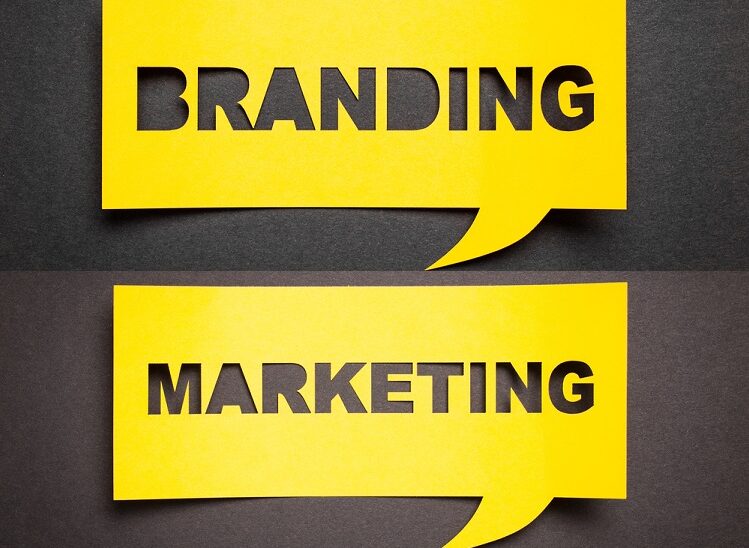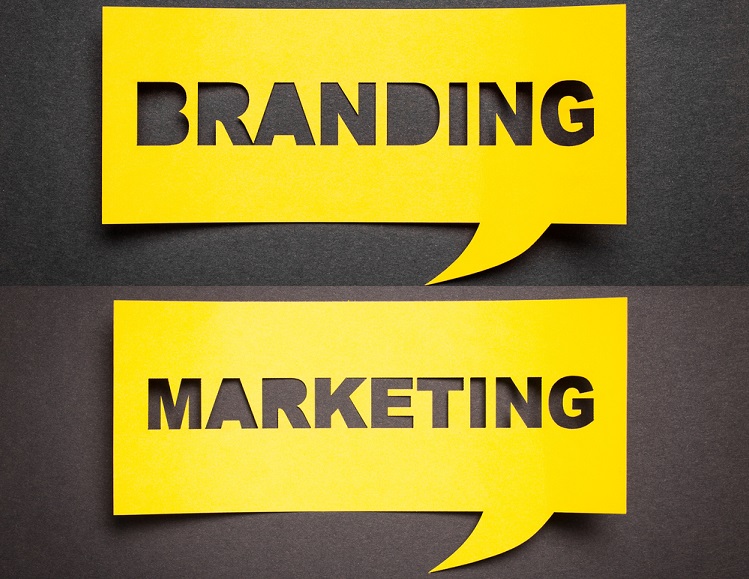The difference between marketing and branding
Using the terms branding and marketing interchangeably can lead to expensive mistakes
John Garvey //January 20, 2020//


The difference between marketing and branding
Using the terms branding and marketing interchangeably can lead to expensive mistakes
John Garvey //January 20, 2020//

Do you know the difference between a violin and a fiddle? I’ve asked this of a few musicians and gotten the same comical answer at least twice: “The number of teeth the player has.”
The point is, they’re the same. Fiddles sometimes have flatter bridges than violins (a very minor modification), which make playing certain musical styles easier. But this doesn’t fundamentally change the instrument: same four strings, same tuning, same dimensions, same resonance. Preference for one term over another is a cultural thing.
The distinction between marketing and branding can seem just as arbitrary. Yet while there’s some overlap between the two, using them interchangeably can lead to expensive mistakes.
Like anything confusing and unfamiliar, this can best be explained with an analogy.
An athlete’s journey
Being an athlete requires grit, focus and some combination of physical attributes (endurance, strength, agility, etc.). Forget the prowess and elitism that the word athlete tends to imply. We’re talking anyone who’s training at a sport in pursuit of a goal (prowess optional).
If you have any aspirations as an athlete, you start with a clear-eyed self-assessment. You define your goals, what it will take to achieve them and the timeline to competition. Then you implement a training plan. Like a marketing plan, it ideally gets you from where you are to a defined goal.
The processes, tactics and tools you use to succeed comprise your marketing. This is the “how.”
But the best training plan won’t get you very far if you don’t have a clearly-defined purpose, or the motivation. That’s your brand. When you stop identifying yourself as an athlete deep down, you might continue going through the motions for a while, but your best days are behind you.
Branding is what you do to evoke feelings, clarify your purpose, build a company culture and inspire loyalty. It’s more about intangibles and endures beyond any marketing plan. This is the “who” and “why.”
You need intangibles (like culture) and tangibles (like a functional website) to succeed. But too often struggling businesses resort to expensive rebranding efforts when they’re really being held back by bad marketing. People can’t feel a certain way about you until they know you exist.
When to double down on branding
If you’re struggling with customer retention, odds are you have weak branding. If you’re confusing or boring it won’t matter if you have highly targeted ads and great products. So, before you double-down on your marketing budget, ask yourself:
- Are we speaking the language our customers think in?
- Can customers tell we understand their needs and aspirations?
If the answer to questions like those isn’t a resounding “Yes,” focus on creating a shared purpose that strengthens trust. That’s the foundation of branding.
When do double down on marketing
If you have a clear sense of purpose and you’ve defined the problem you help people solve using language they relate to but your business isn’t growing, then you need to focus on the nuts and bolts of marketing. If people associate you with a specific feeling — warmth, inspiration, humor or status — that’s a huge plus. But if the sales process isn’t intuitive, they’ll walk away. Forget word and color associations. Forget the fringe. Does your website work? Are you promoting your offerings through the right channels, to the right audience, at the right price and at the right times?
Those are the nuts and bolts of marketing. Without those fundamentals, even a great brand will fail.
Where branding and marketing overlap
A worthy aspiration of both branding and marketing is to make everything clear enough for an 8-year-old to grasp.
If people can’t grasp your purpose (what you do and why it matters) in a matter of seconds, that lack of clarity is costing you money. If transacting business with you isn’t super intuitive, it’s costing you money. If you don’t have clear, specific calls to action, it’s costing you money.
So, marketing and branding should both eliminate confusion. As they say at StoryBrand, “If you confuse, you lose.”

























